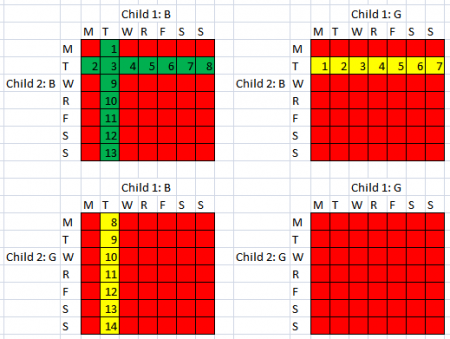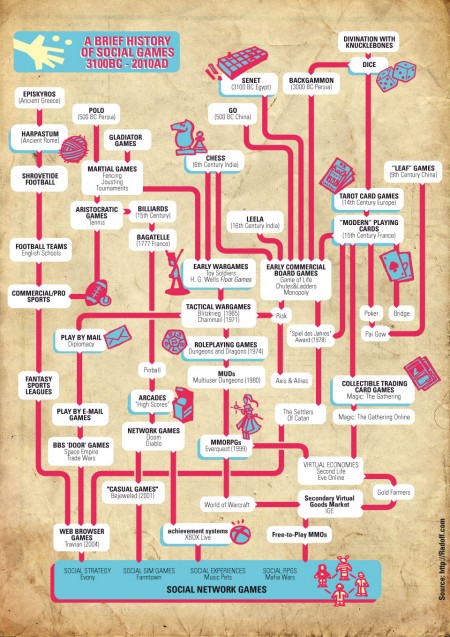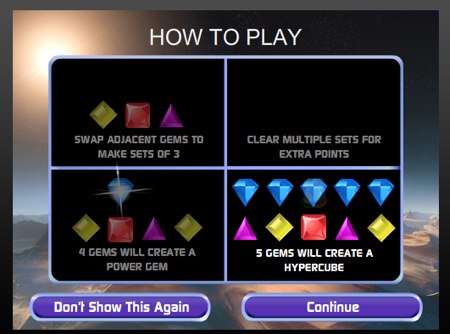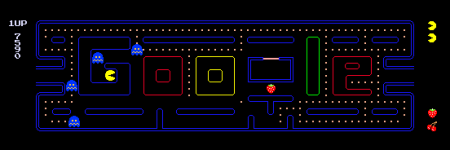The last two weeks have seen heated debate about a mathematical puzzle posed by Gary Foshee and reported by New Scientist (discussions here and here and here).
Gary Foshee, a collector and designer of puzzles from Issaquah near Seattle walked to the lectern to present his talk. It consisted of the following three sentences: “I have two children. One is a boy born on a Tuesday. What is the probability I have two boys?”
“The first thing you think is ‘What has Tuesday got to do with it?'” said Foshee, deadpan. “Well, it has everything to do with it.” And then he stepped down from the stage.
This is the answer: 13/27.
Many people will intuitively say that the answer is 1/2 (=the chance of having a boy or a girl), but probability aficionados will give the answer 1/3, since this is the Boy or Girl Paradox: We are not told that the speaker has a child and is waiting for another, but that he already has two children. Two children can come in four configurations: 1) boy/girl, 2) girl/boy, 3) girl/girl, 4) boy/boy. Since he has one boy, we are looking at the options 1, 2, or 4. Only the boy/boy combination includes two boys, so the probability is 1/3. In other words, order matters and completely changes probability.
So what has being born on a Tuesday got to do with it? Why would the answer not still be 1/3? The New Scientist has a good explanation toward the bottom of the article. Simply count the different combinations of genders and weekdays, which gives the result (number of combinations with two boys, at least one of which was born on a Tuesday) / (number of combinations with at least one boy born on a Tuesday). The result really is 13/27.
This is the best illustration I have found: This shows all the boy/girl pairs as well as the possible weekdays on which they could be born. Green represents situations with two boys, at least one of which was born on a Tuesday. Yellow represents at least one boy born on a Tuesday. Red is neither. Hence the answer is green/(green+yellow)= 13/(13+14) = 13/27.
But again, what has Tuesday got to do with it?
More below.
Continue reading “Tuesday Changes Everything (a Mathematical Puzzle)”




